You might think your pet adores you, but are you mistaking fear for affection? Recognising these signs can help you understand if your behaviour is causing your pet distress. Here are 18 critical signs to watch for:
1. Cowering or Hiding
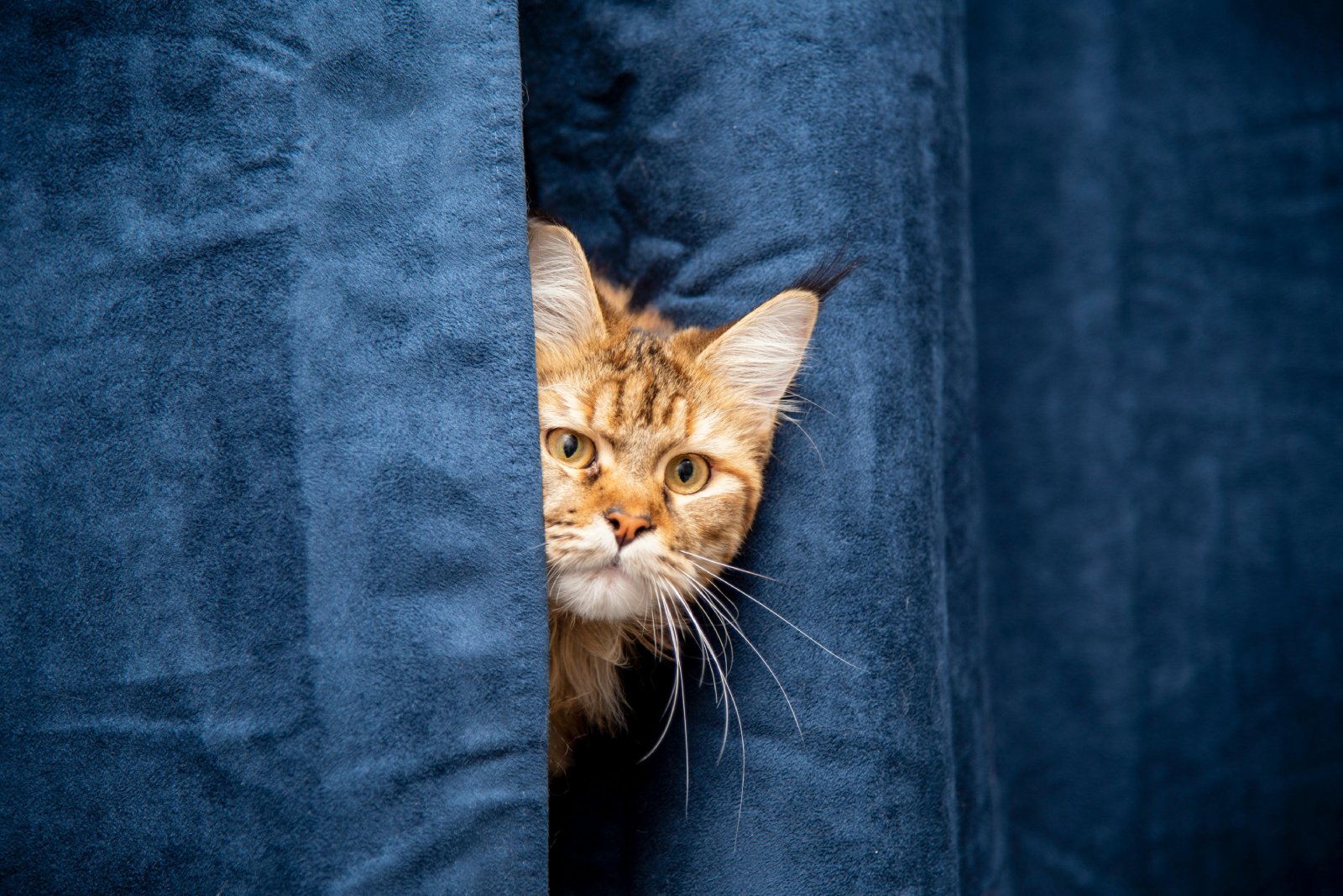
If your pet frequently cowers or hides when you approach, it’s a clear indication of fear. This behaviour shows they feel threatened and are trying to protect themselves from your presence, not basking in it.
2. Tail Tucking
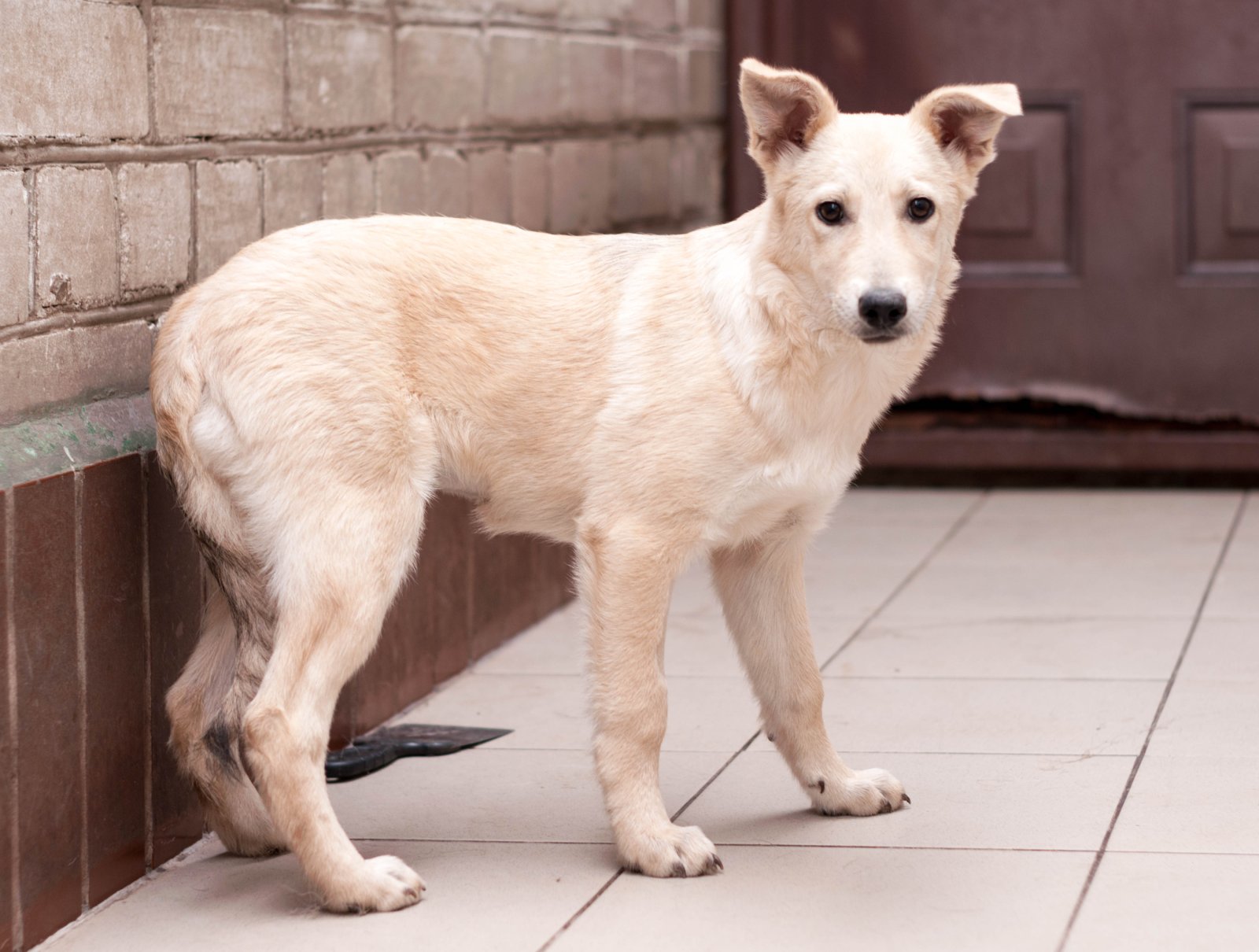
A tucked tail is a sign of submission and anxiety. Your pet isn’t just being cute; they’re showing they feel unsafe around you.
3. Ears Pinned Back
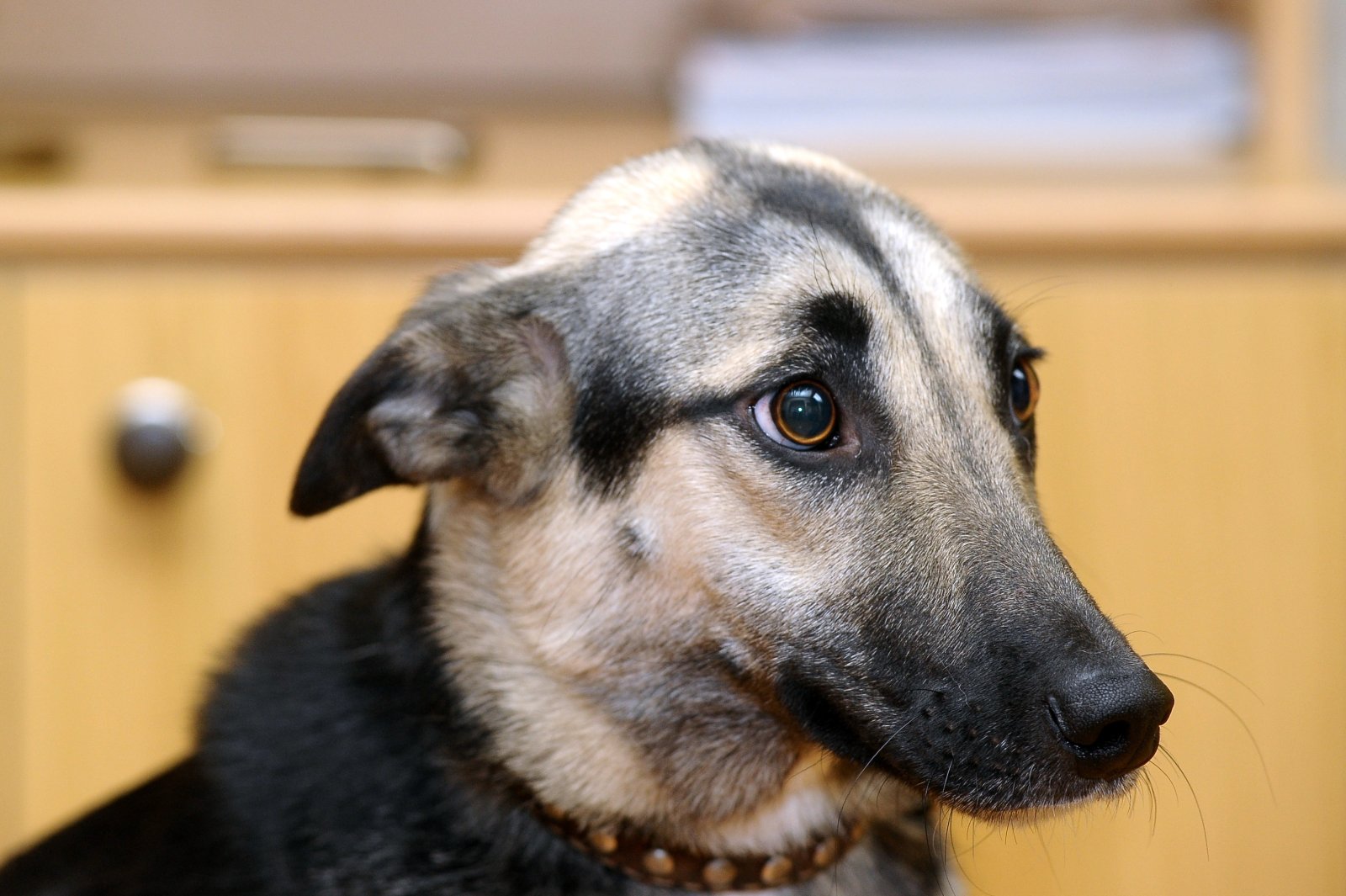
Pinned-back ears indicate stress and fear. If your dog’s ears are flat against their head when you’re near, they’re not comfortable in your company.
4. Avoiding Eye Contact
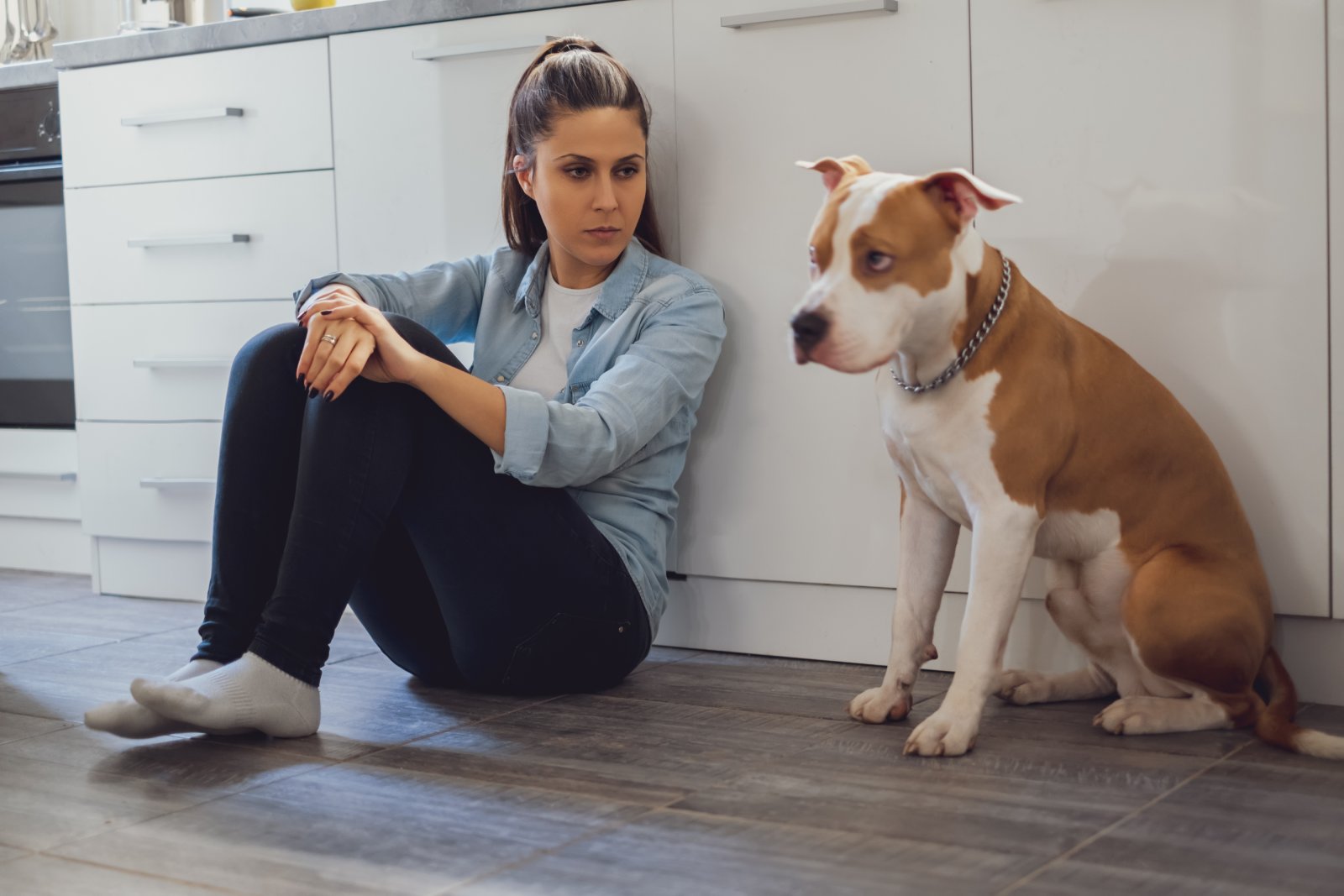
Avoiding eye contact is a sign of fear and submission. If your pet constantly looks away from you, they’re not showing respect; they’re scared of your reaction.
5. Shaking or Trembling

Shaking or trembling is a physical manifestation of fear. If your pet trembles when you approach or during interactions, it’s a sign they’re terrified, not excited.
6. Excessive Panting or Drooling
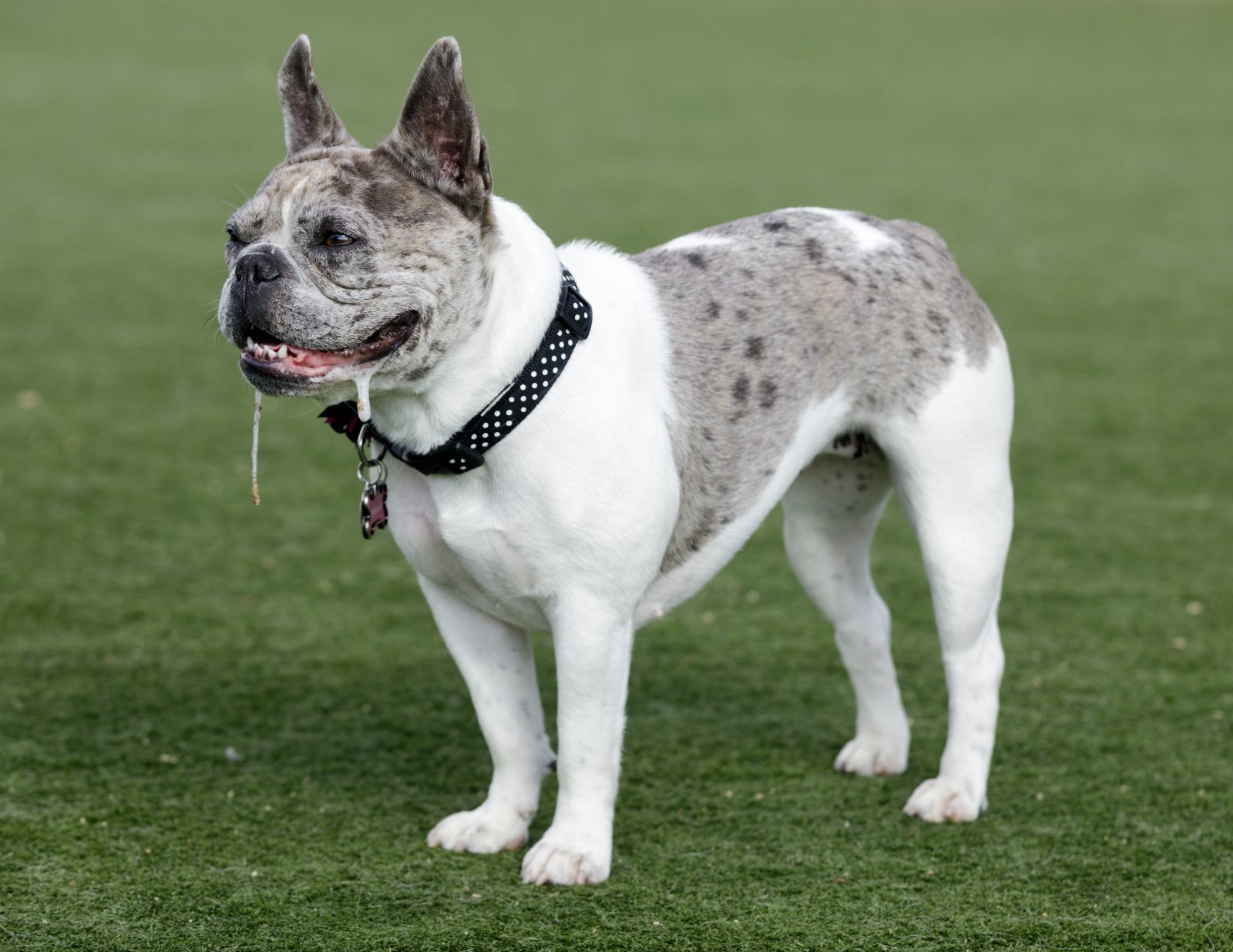
In dogs, excessive panting or drooling can be a sign of stress and fear, not just excitement. This is especially true if it’s not related to heat or physical exertion.
7. Defensive Aggression
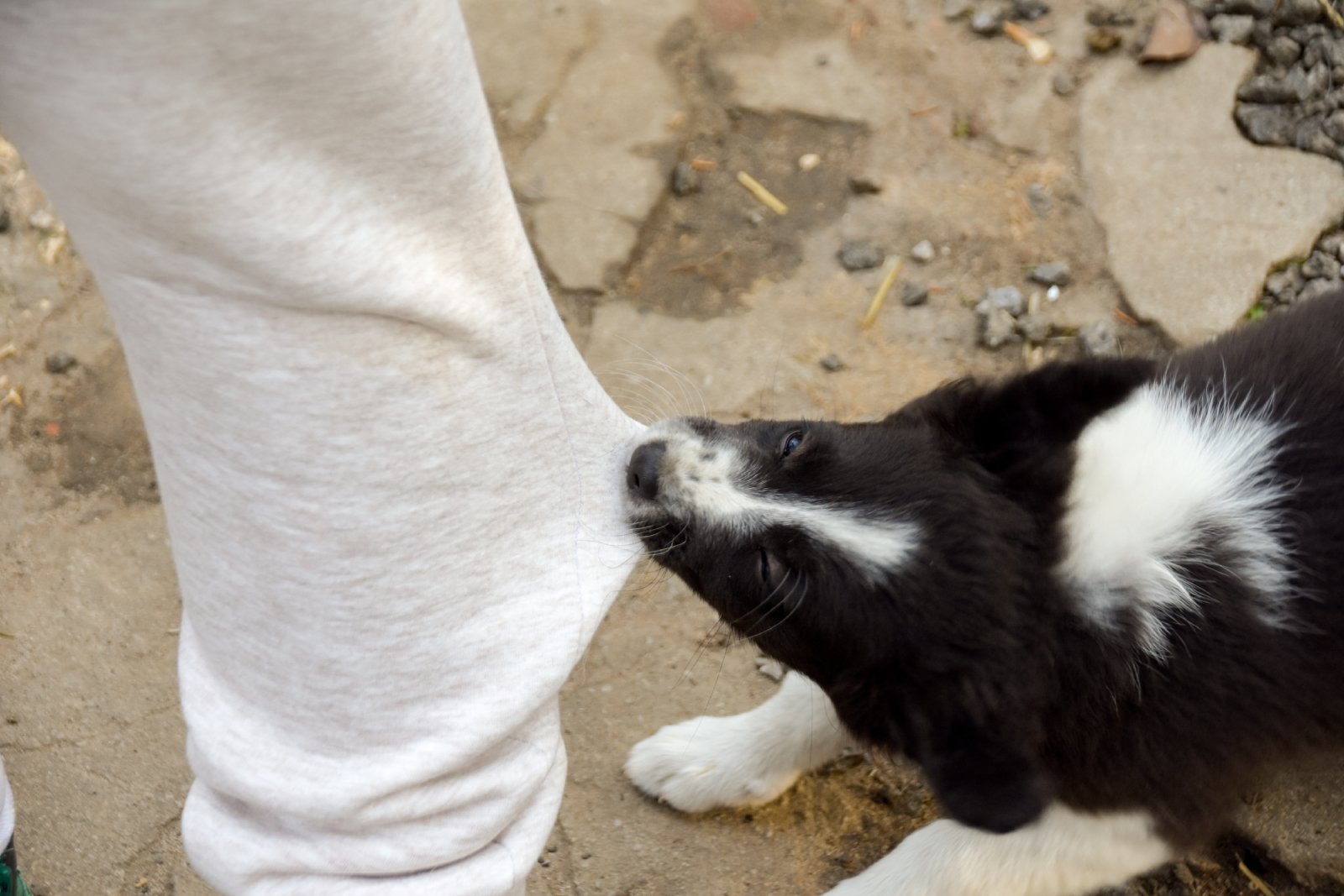
If your pet displays defensive aggression, such as growling, hissing, or biting, it’s because they feel threatened. This aggression is a last resort to protect themselves from what they perceive as danger—you.
8. Submissive Urination
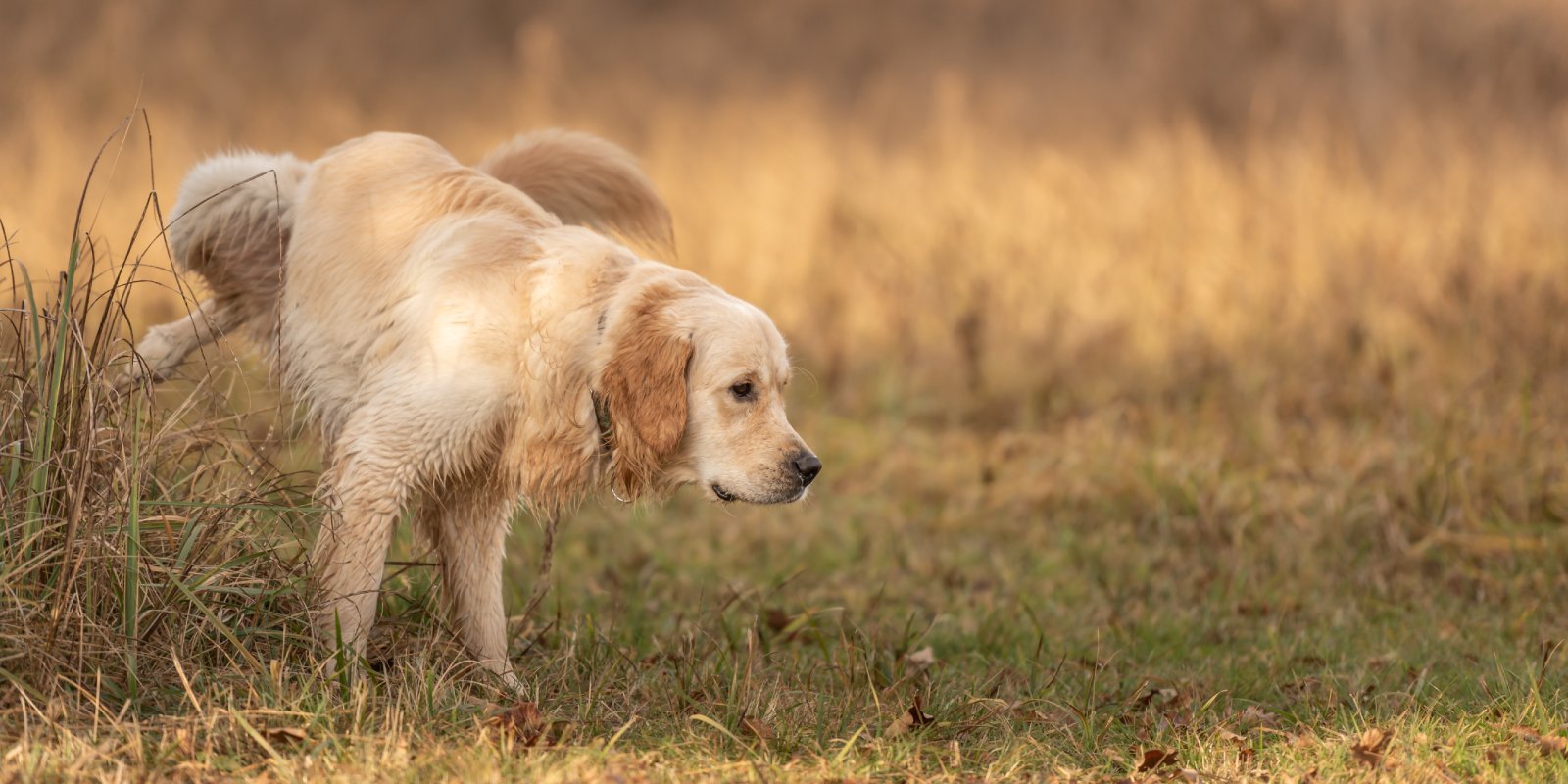
Submissive urination occurs when a pet urinates out of fear or submission. If your dog urinates when you come close, it’s not because they’re incontinent; they’re scared stiff.
9. Freezing in Place
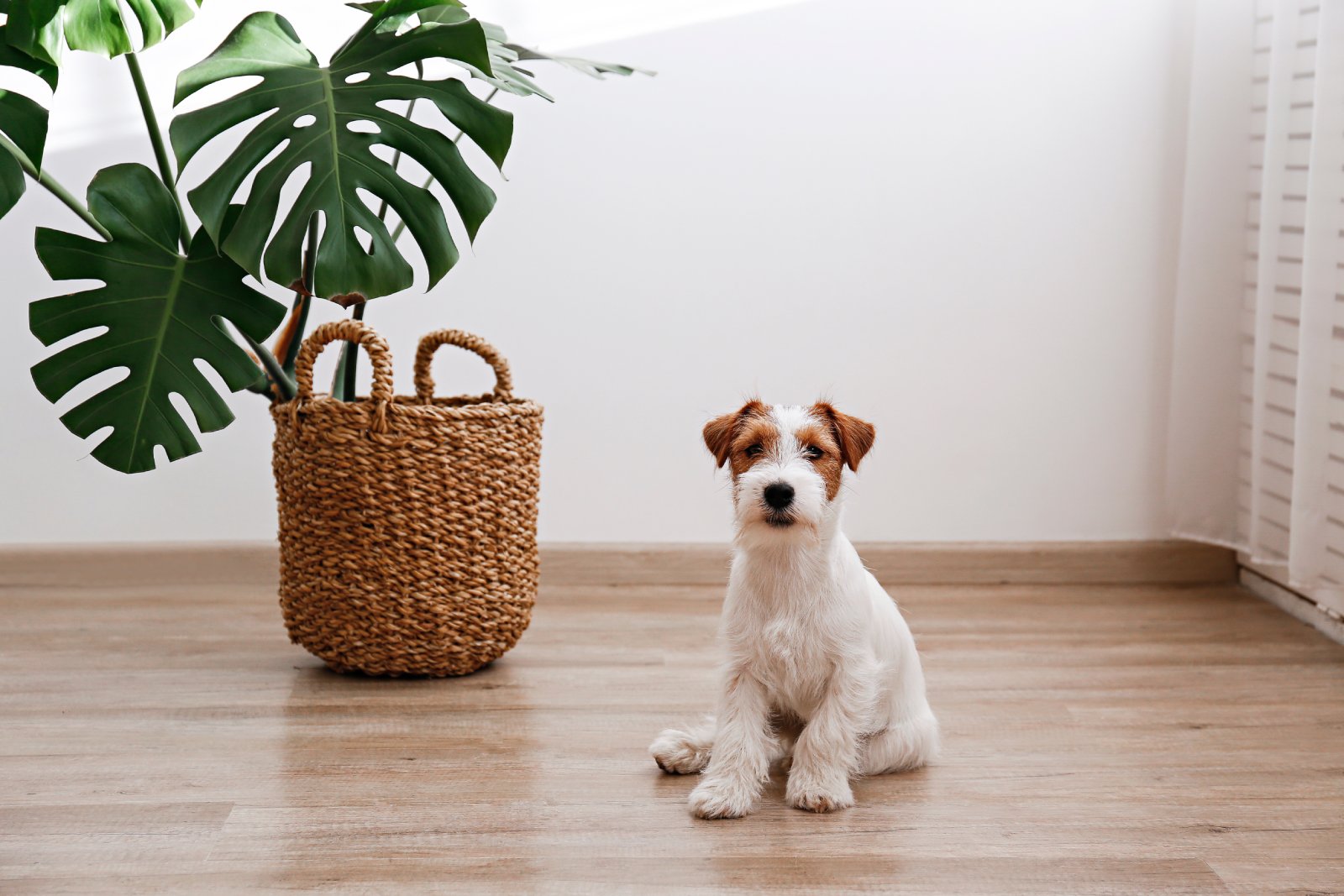
Freezing or becoming immobile is a common fear response. Your pet might remain perfectly still when they’re scared, hoping to avoid any negative attention from you.
10. Whimpering or Whining

Vocalisations such as whimpering or whining are signs of distress. Your pet is not just being vocal; they’re expressing fear and discomfort around you.
11. Hiding Under Furniture
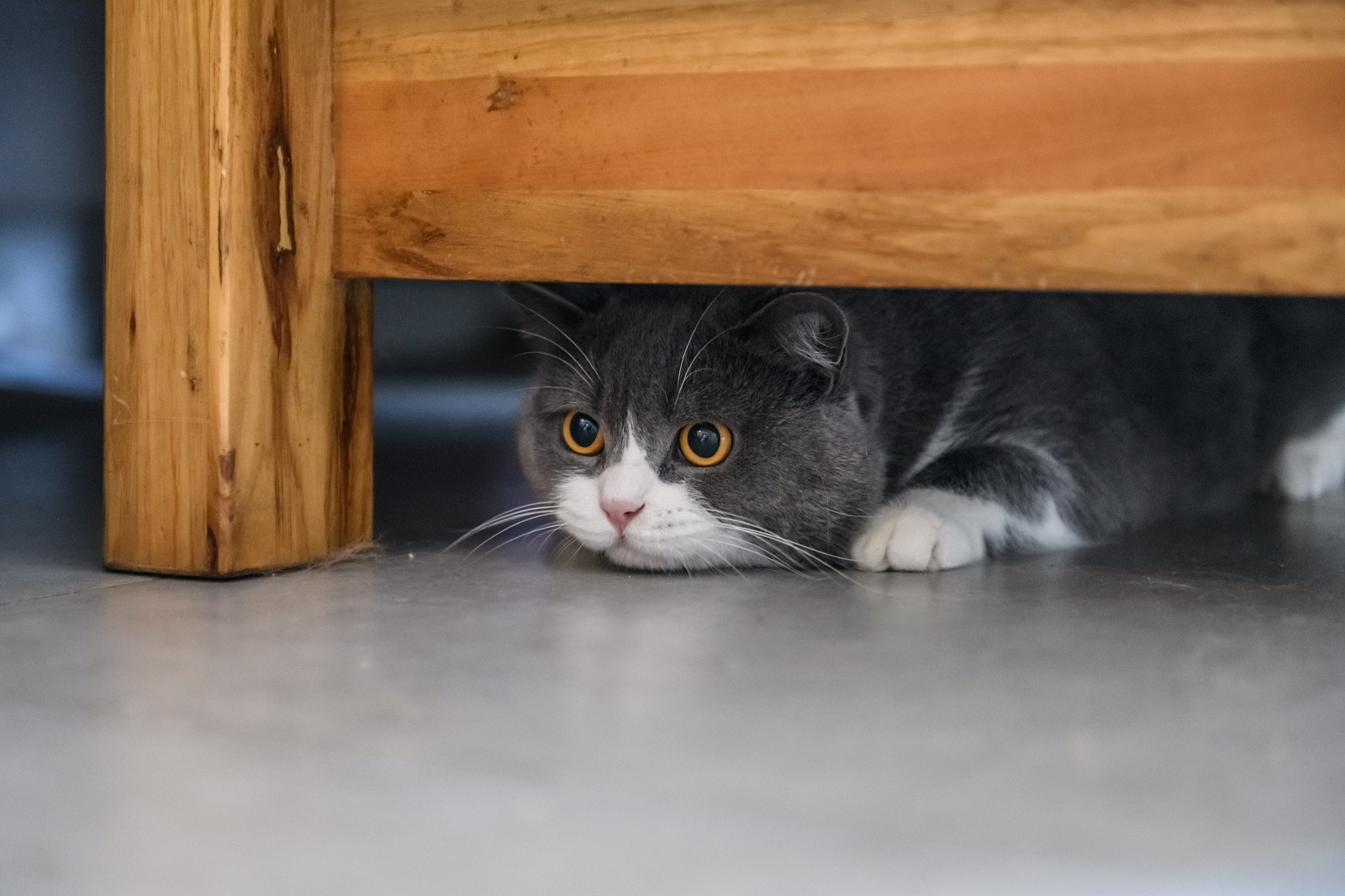
If your pet frequently seeks refuge under furniture, it’s a sign they’re trying to find a safe space away from you. They feel more secure when they’re out of sight and reach.
12. Dilated Pupils
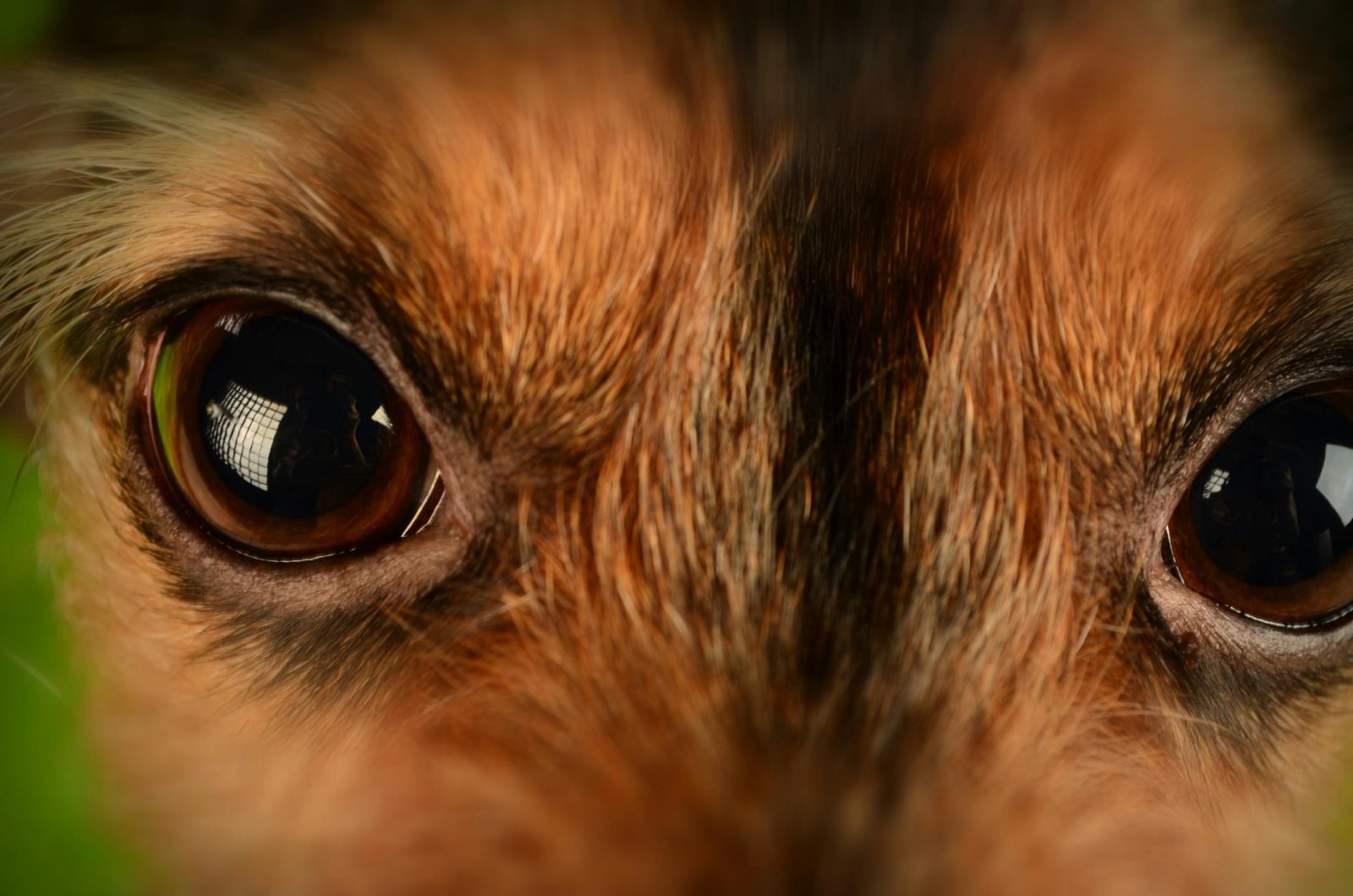
Dilated pupils can be a physical sign of fear. When your pet is scared, their pupils may widen as part of the fight-or-flight response, not out of excitement or curiosity.
13. Evasive Actions
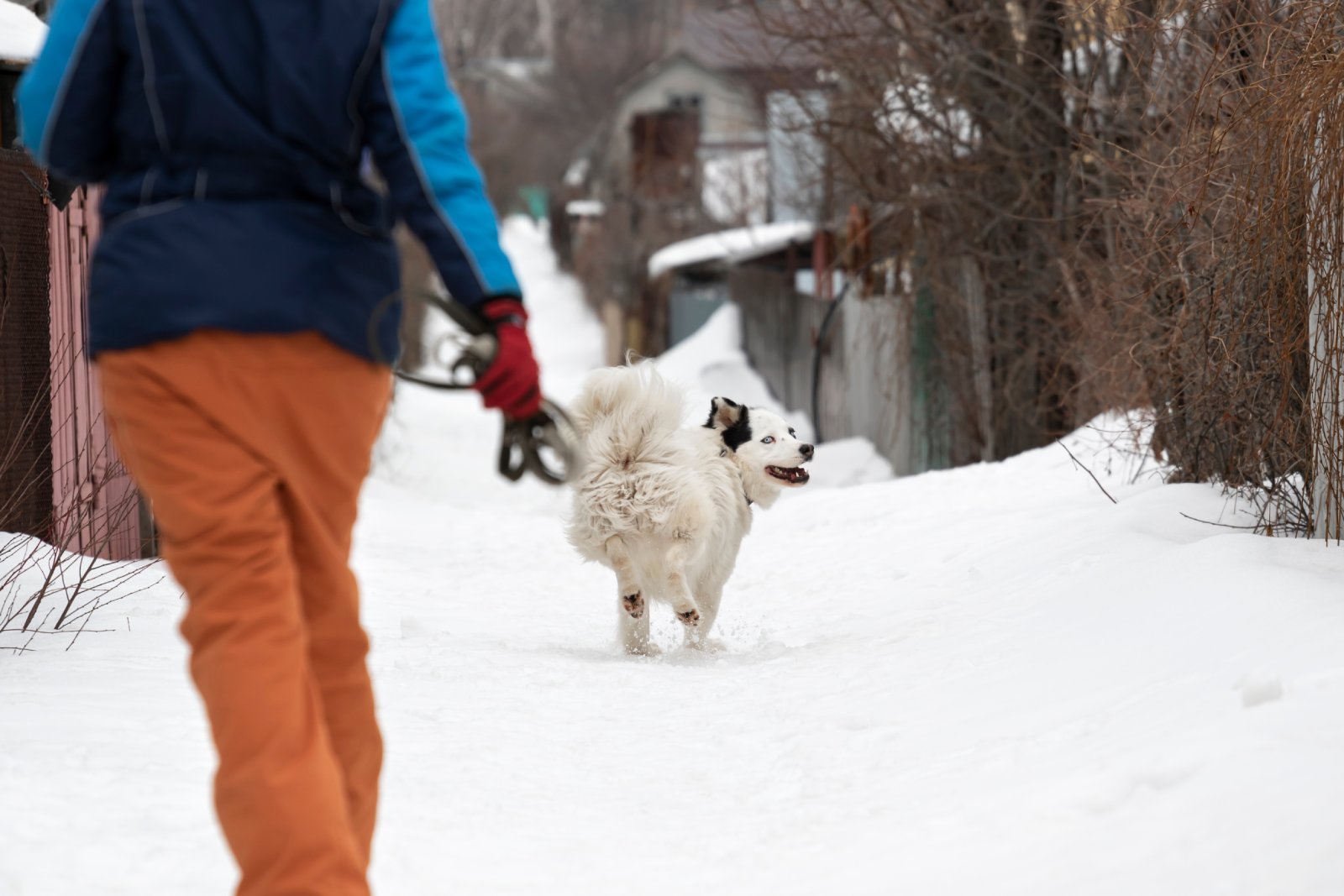
Evasive actions, such as running away when you approach, indicate fear. Your pet isn’t just playful; they’re trying to keep a distance to avoid perceived threats from you.
14. Lack of Appetite
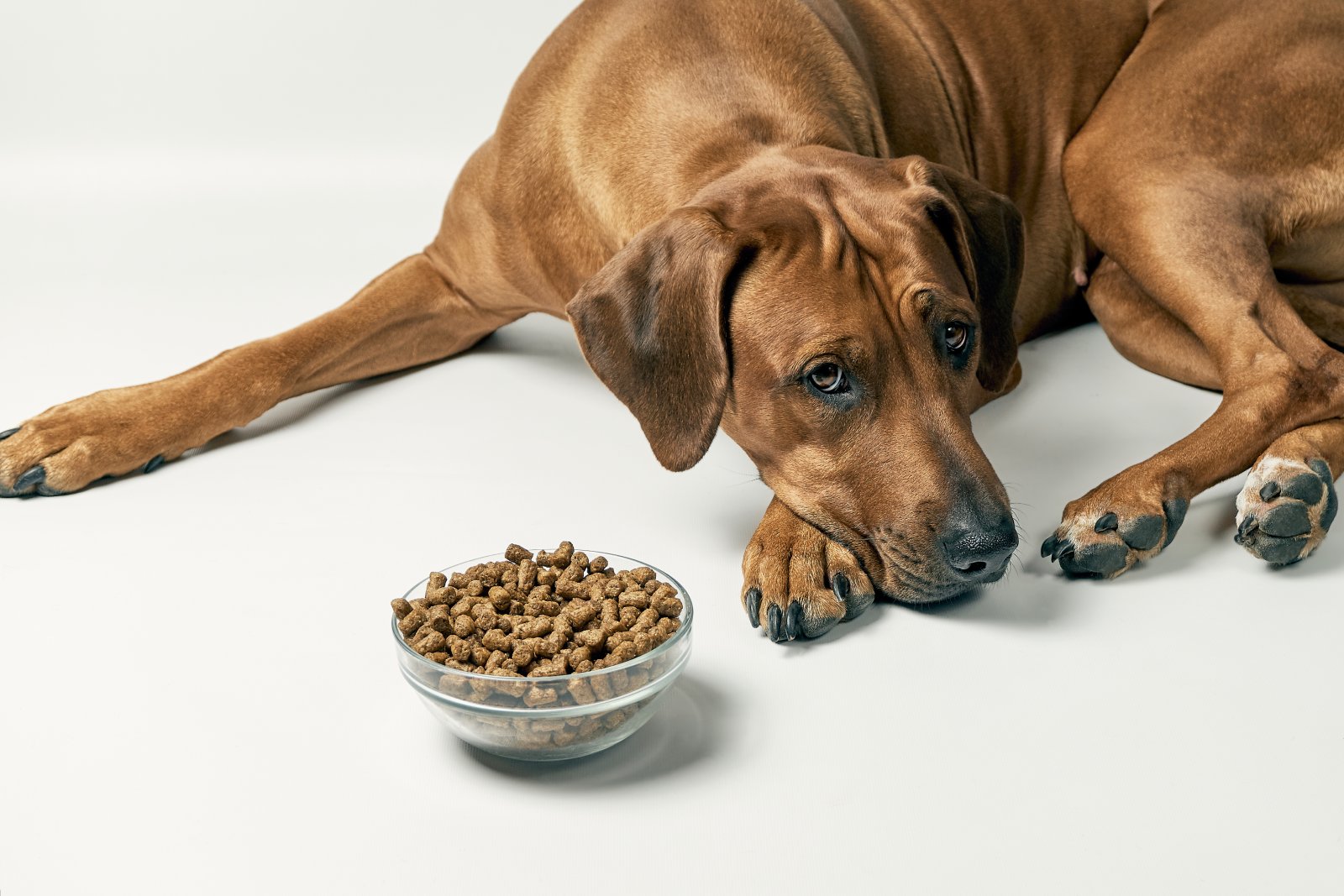
Fear and anxiety can cause a lack of appetite. If your pet refuses to eat when you’re around, it’s a sign they’re too stressed to relax and eat normally.
15. Excessive Licking

Excessive licking, especially if it’s focused on a specific spot, can be a self-soothing behaviour. This indicates your pet is trying to cope with fear or anxiety, not grooming or showing affection.
16. Low Body Posture

A low body posture, where your pet keeps their body close to the ground, is a submissive and fearful stance. They’re not just being cute; they’re showing they feel threatened.
17. Pacing or Restlessness
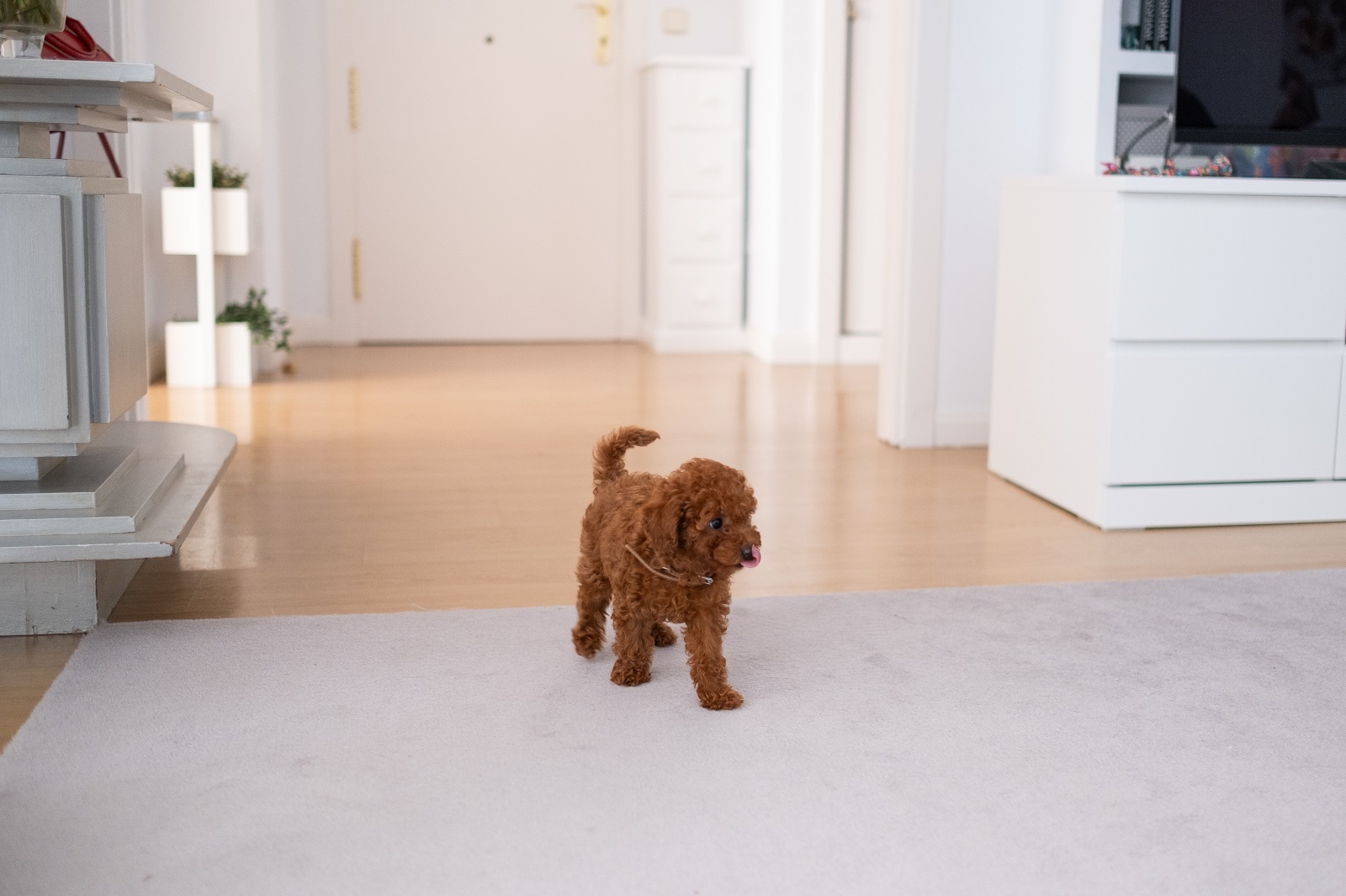
Pacing or restlessness can indicate anxiety and fear. If your pet can’t seem to settle down and is constantly moving, it’s a sign they’re not comfortable in their environment, especially around you.
18. Destructive Behaviour
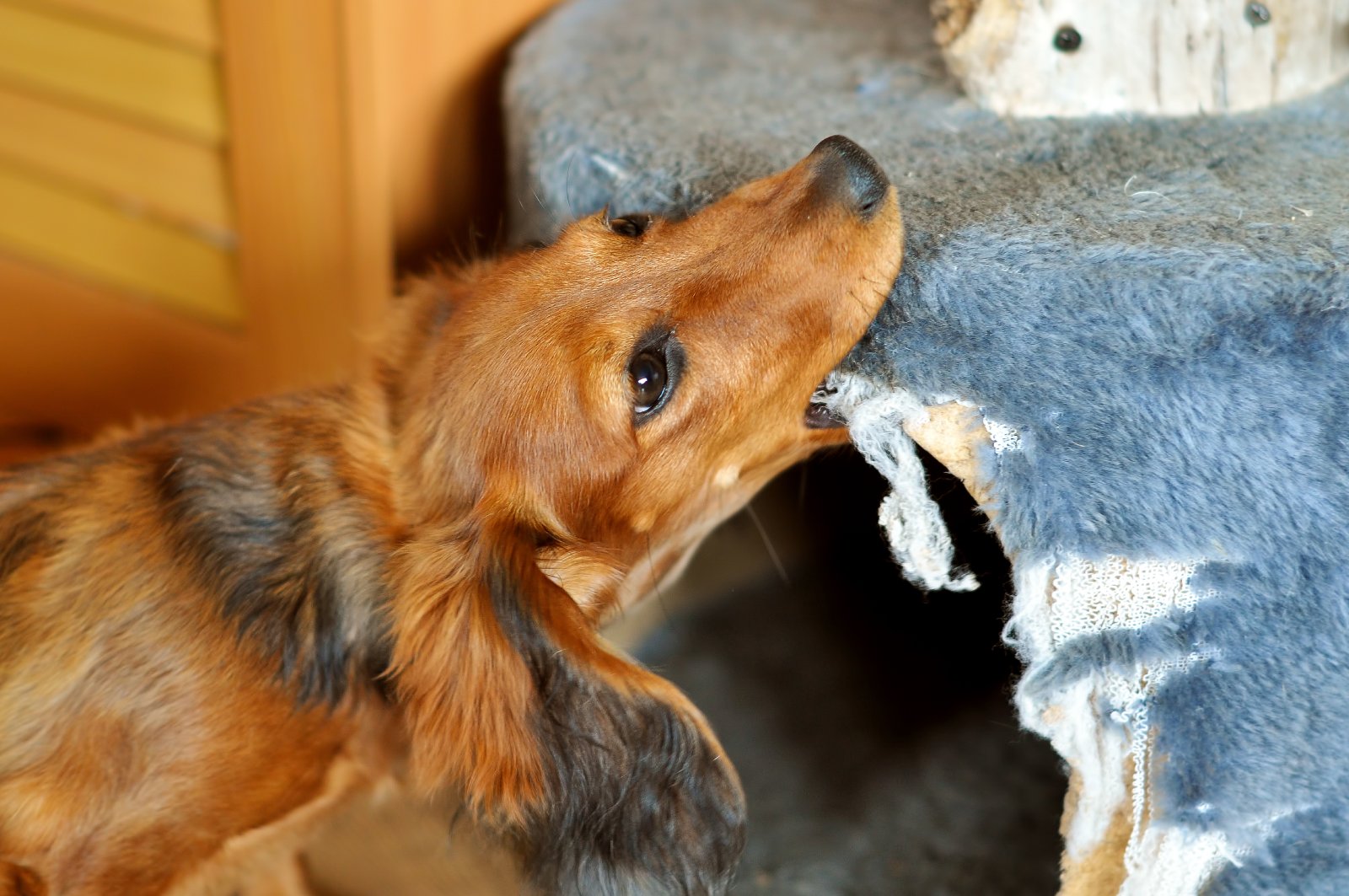
Destructive behaviour, such as chewing furniture or scratching doors, can be a sign of anxiety and fear. This often happens when pets are left alone and feel scared or stressed, not just out of boredom.
Time to Reflect
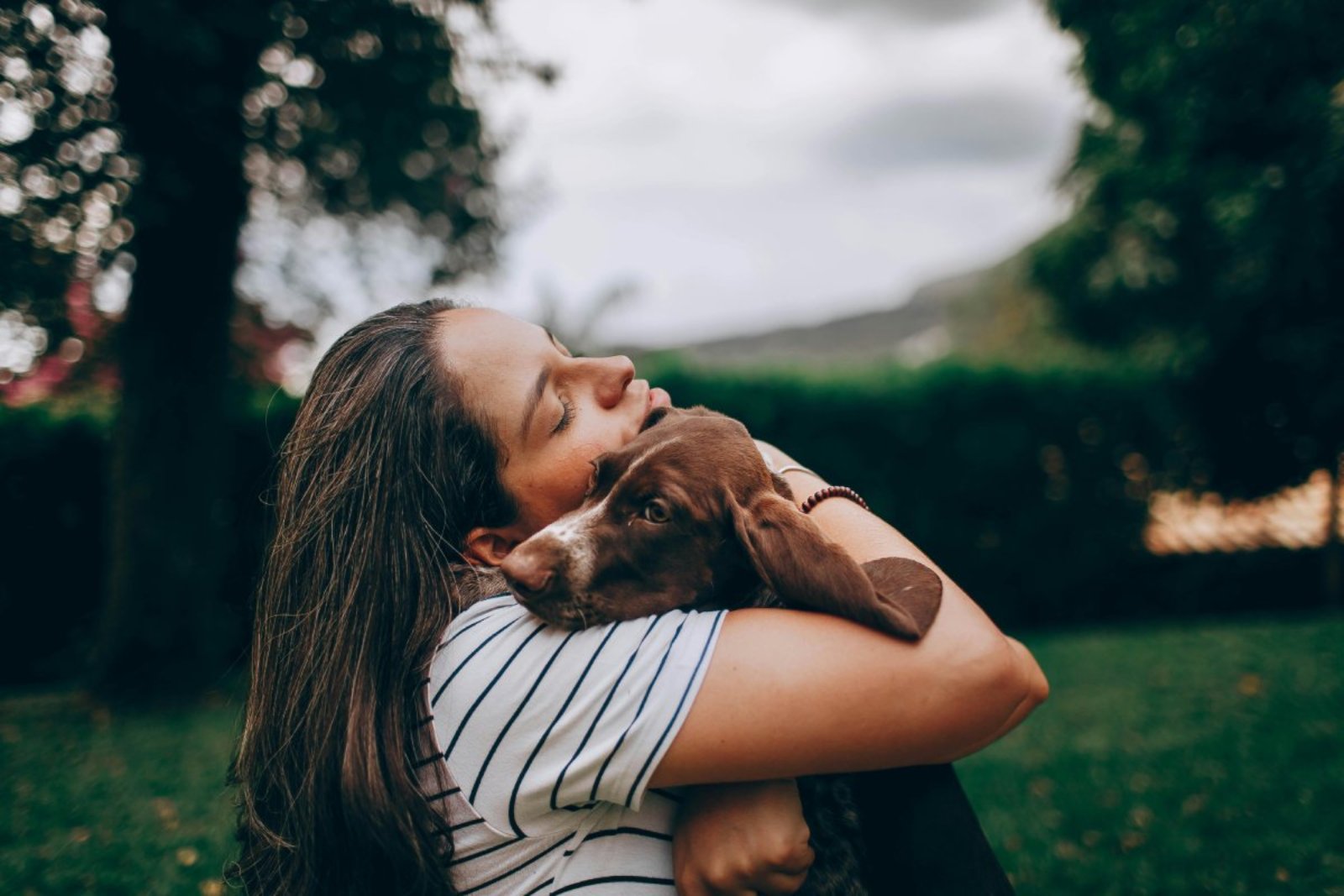
Recognising these signs is crucial for improving your relationship with your pet. If you notice any of these behaviours, it’s important to consider how your actions might be contributing to their fear and take steps to create a more supportive and loving environment. Your pet’s health and happiness depend on your understanding and empathy.
Featured Image Credit: Shutterstock / MCarper.
For transparency, this content was partly developed with AI assistance and carefully curated by an experienced editor to be informative and ensure accuracy.

